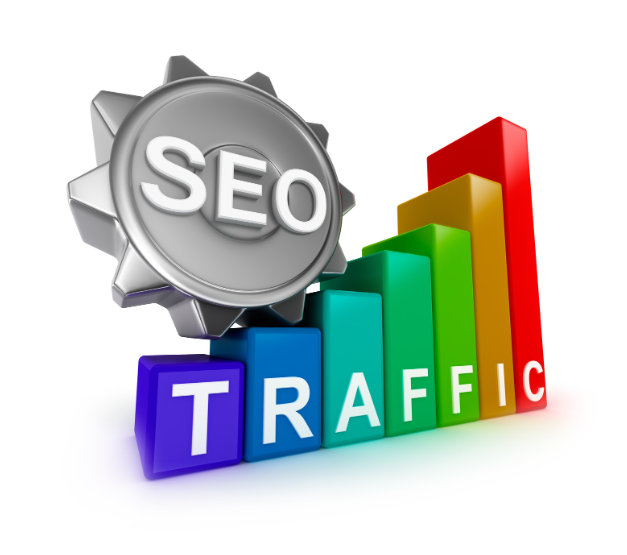In today’s competitive online landscape, targeting the right audience is crucial for maximizing the effectiveness of your marketing efforts. Google Search Ads provide an opportunity to reach potential customers precisely when they are searching for your products or services. By utilizing targeted advertising strategies, businesses can enhance visibility, drive traffic, and ultimately boost conversions. In this blog, we’ll explore effective techniques for identifying and reaching your ideal audience through Google Search Ads.
Understanding Google Search Ads
Google Ads is a powerful platform that enables businesses to display advertisements on Google’s search engine results pages (SERPs). Utilizing a pay-per-click (PPC) model, advertisers only pay when a user clicks on their ad. This approach allows businesses to control their marketing budget while targeting specific keywords related to their products or services. With Google Ads, you can ensure your ads appear at the top of search results, giving you the advantage of visibility when potential customers are most engaged.
Identifying Your Target Audience
To effectively target your audience, it’s essential to understand who they are. Start by defining your audience demographics, including age, gender, location, and interests. Creating customer personas can help you visualize your ideal customers and tailor your advertising strategies accordingly.
Conducting market research is a crucial step in this process. Use tools like Google Analytics, surveys, and social media insights to gather data about your audience’s behavior and preferences. Understanding your audience’s needs and pain points will enable you to craft ads that resonate with them.
Using Keywords Effectively
Keywords play a pivotal role in audience targeting within Google Ads. Conduct thorough keyword research to identify the terms and phrases your target audience is using to search for products or services similar to yours.
Incorporating long-tail keywords can significantly enhance your targeting efforts. These keywords are more specific and often less competitive, allowing you to reach a more niche audience. Additionally, utilizing negative keywords helps prevent your ads from showing up in irrelevant searches, ensuring your budget is spent on attracting the right clicks.
Crafting Compelling Ad Copy
Your ad copy is your first impression on potential customers, so it’s essential to make it count. Effective ad copywriting should be concise, engaging, and tailored to your target audience. Highlight the unique benefits of your products or services and address the pain points your audience may be experiencing.
Incorporate a strong call-to-action (CTA) that encourages users to take the desired action, whether it’s visiting your website, signing up for a newsletter, or making a purchase. Here are a few examples of compelling CTAs:
- “Get started today and see the difference!”
- “Limited time offer—don’t miss out!”
- “Discover how we can help you achieve your goals!”
Utilizing Audience Targeting Features in Google Ads
Google Ads offers various audience targeting options that allow you to refine your campaigns further. These options include:
- Demographic Targeting: This feature enables you to target users based on age, gender, and household income, ensuring your ads reach the most relevant audience segments.
- In-Market Audiences: Google identifies users who are actively searching for specific products or services, allowing you to reach customers who are more likely to convert.
- Remarketing: This powerful feature targets users who have previously interacted with your website or ads, encouraging them to return and complete a purchase.
By leveraging these audience targeting features, you can enhance the relevance of your ads and improve overall campaign performance.
Monitoring and Optimizing Your Campaigns
Once your campaigns are live, monitoring and optimizing your ads is crucial for success. Regularly track key performance metrics such as click-through rates (CTR), conversion rates, and return on investment (ROI).
Utilize Google Analytics to gain insights into how users are interacting with your ads and website. Based on this data, make necessary adjustments to your targeting, ad copy, or keywords to improve performance. For instance, if certain keywords are underperforming, consider replacing them with more relevant alternatives or refining your ad copy to better align with user intent.
Takeaway
Targeting the right audience with Google Search Ads is essential for maximizing your advertising efforts and achieving business growth. By understanding your audience, utilizing effective keyword strategies, crafting compelling ad copy, and leveraging Google’s audience targeting features, you can create impactful ad campaigns that drive traffic and conversions.
To wrap it all up, Google Search Ads are the stepping stones to digital success. Ensure you’re on the right path by entrusting your online journey to Web Boost Online, the true experts in the field.











